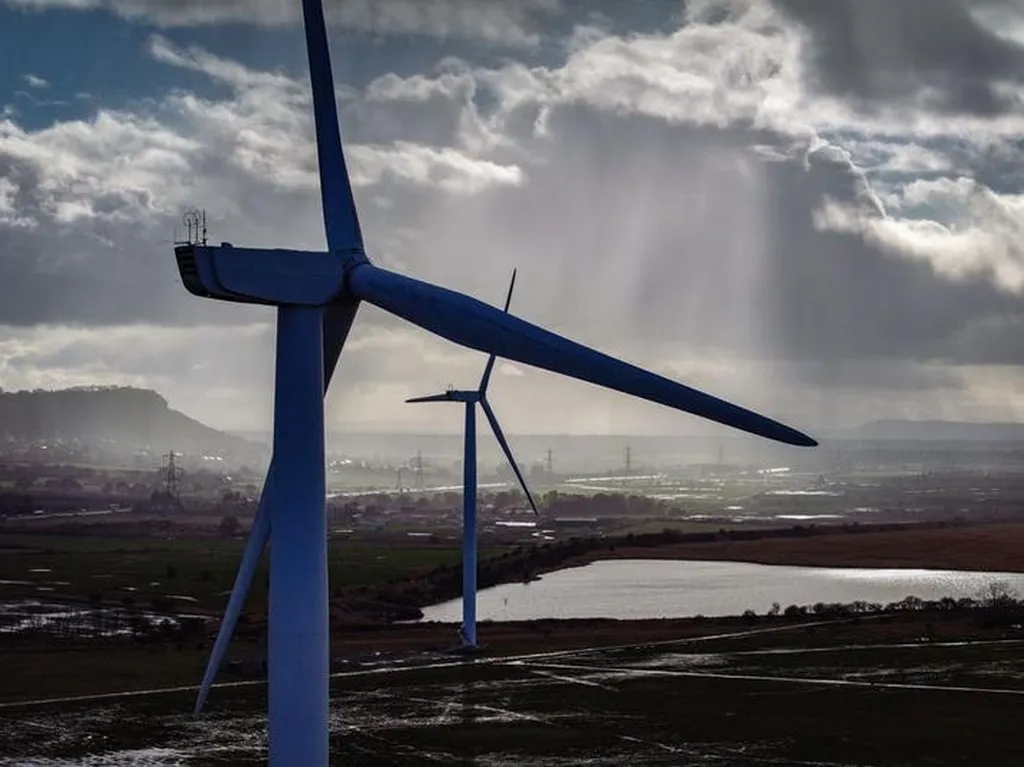Tas Mohamed, CEO of Railveyor, cuts to the heart of the matter: the US is facing a critical minerals crunch, and the path forward demands innovation and urgency. The energy transition, national security, and high-tech manufacturing hinge on securing a steady supply of copper, lithium, niobium, and rare earth elements. Yet, the gap between supply and demand is widening, with McKinsey estimating a staggering $5 trillion investment needed by 2035 to meet rising needs.
The stakes are high. A single AI data centre today consumes as much electricity as 100,000 households, and the International Energy Agency (IEA) warns that future AI data centres could consume 20 times more. Electric vehicles (EVs) are accelerating, accounting for one in 10 car sales in the US and expected to reach 40% globally by 2030. Meanwhile, satellites are poised for a seven-fold growth by 2035, with over 70,000 launches anticipated, according to Goldman Sachs. These technologies are not optional; they are essential, and they all depend on critical minerals.
The geopolitical landscape adds another layer of complexity. China dominates the production of refined rare earth materials (77%), copper (46%), and lithium (57%), posing a significant risk to the US supply chain. The Biden administration has taken note, issuing the ‘Unleashing American Energy’ Executive Order to accelerate mine exploration and development, ease regulations, and empower key agencies to support this shift.
But mining these critical minerals is becoming increasingly challenging. Deposits are deeper, more remote, and lower in grade. Labour shortages and stringent ESG policies are further constraining the sector. In response, the mining industry is turning to innovation. Companies like Ivanhoe Electric and NioCorp Developments are leveraging advanced technologies to facilitate faster development and more efficient processing.
One of the most promising opportunities lies in the electrification of mine haulage. Energy-efficient electric haulage systems, enhanced by automation and digital technologies, are rethinking mine layouts entirely. These systems offer capital cost savings, long-term flexibility, and significant reductions in Scope 1 and Scope 2 emissions. They are safe, easy to operate, and require only standard technical training, making them well-suited to the challenging environment of underground mining.
As Tas Mohamed puts it, “The race for critical minerals in the US will require accelerated production from local mines, but to do this sustainably and at scale means harnessing smart and innovative technologies.” The path forward is clear: innovation, urgency, and a steadfast commitment to securing the critical minerals essential for the future.

